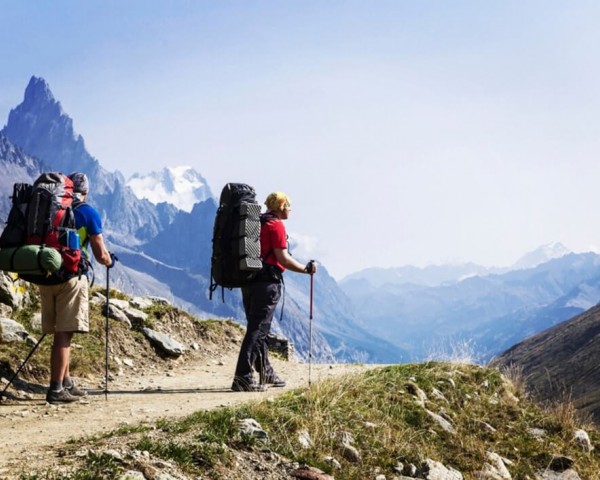France is a highly sought-after tourist destination, attracting millions of visitors yearly to its stunning summer vacation locations. However, mass tourism can significantly threaten fragile ecosystems in certain areas, despite its economic benefits to local communities. To prevent damage, some regions restrict access to these areas.
Calanque Is in a Nature Reserve near Marseille
In the summer of 2022, a reservation system was introduced in the Bouches-du-Rhône area. The system will be extended for the 2023 summer season to the Calanques of Sugiton and Pierres Tombées, located just outside Marseille. To visit these areas, reservations must be made for the weekends of June 17 and 18, June 24 and 25, and September 9 and 10.
Additionally, the system will be in place every day from July 1 to September 3, with a limit of 400 visitors per day to the narrow rocky cove. This is a significant reduction from the previous limit of 2500 visitors per day due to severe erosion caused by site overuse. Calanques National Park attracts approximately 3 million visitors a year.
6,000 Visitors a Day at Port-Cros
To protect the environment and maintain a quality tourist experience avoiding mass tourism, the Port-Cros National Park in the Var region, including Porquerolles Island, will limit daily visitors to 6,000 from the end of June to August 31. In addition, a contractual agreement called the “boatmen’s charter” will restrict passenger numbers using the public maritime shuttle service.
The national park on the Côte d’Azur, which includes Port-Cros, Porquerolles, and Le Levant islands, has resorted to visitor quotas due to the arrival of nearly 10,000 people in a single day on Porquerolles island. In addition, the island is struggling with a chronic shortage of drinking water, and the authorities have to bring water by tanker every season.
No Access to Mont Blanc without Reservation
Access to the highest point in the Alps, Mont Blanc, will now be limited to 214 climbers yearly. The Haute-Savoie Prefecture has decided to reduce the risk of accidents and the amount of waste left behind by climbers at high altitudes. The limitation will be in effect when the three huts – Nid d’Aigle, Tête Rousse, and Goûter – are open from mid-May to the end of September.
The high number of tourists visiting the high mountains has increased danger due to climate change, which causes melting glaciers and the risk of rock falls, landslides, and collapses.
Bréhat Island Introduced Limits
Bréhat Island in Brittany has implemented quotas this summer to prevent mass tourism as well. The island, also known as the “Pearl of the Côtes d’Armor,” will limit daily shuttle service passengers to 4,700 between July 14 and August 25. This significantly decreased from the 6,000 people who disembarked on the three km² island in 2022.
The system’s effectiveness will be evaluated at the end of the season, with a possible extension until 2024. Similar measures have successfully preserved biodiversity on other sites. The Lavezzi Islands in Corsica and the GR20 also plan to introduce quotas to protect their natural areas. The Lavezzi Islands are considering limiting daily visitors to 200 while the GR20 is still finalizing its plan.




